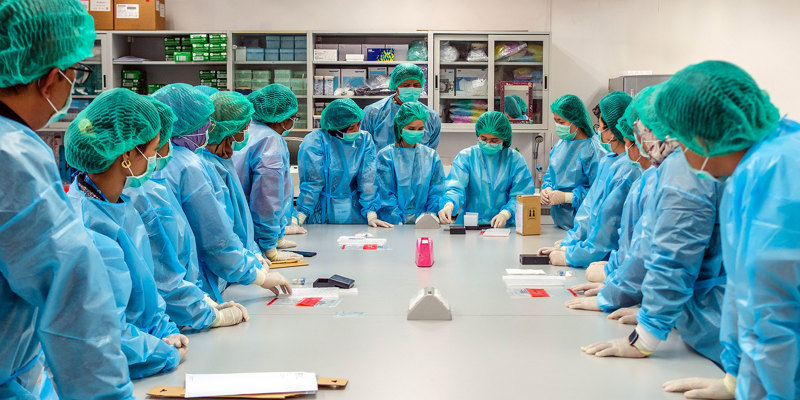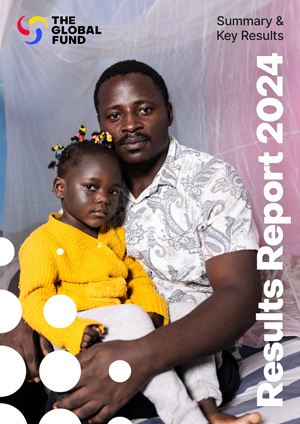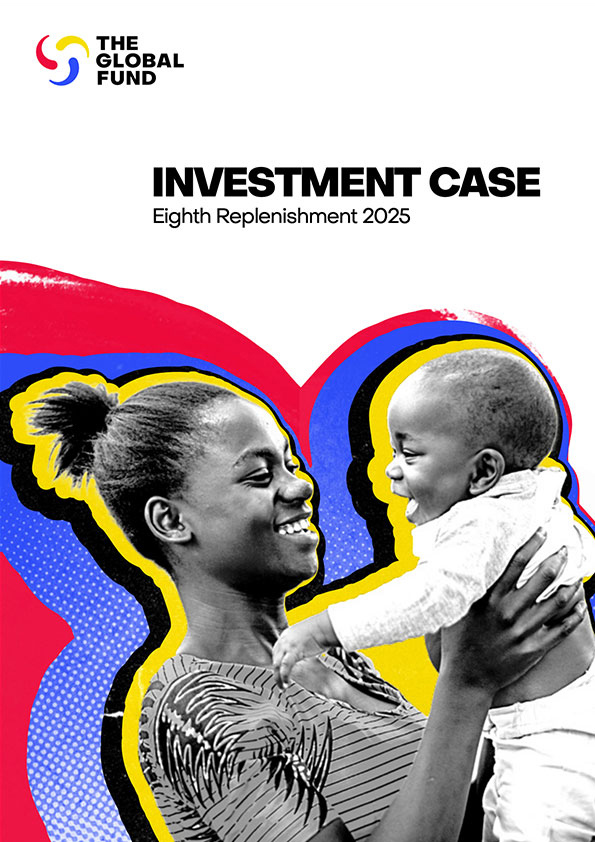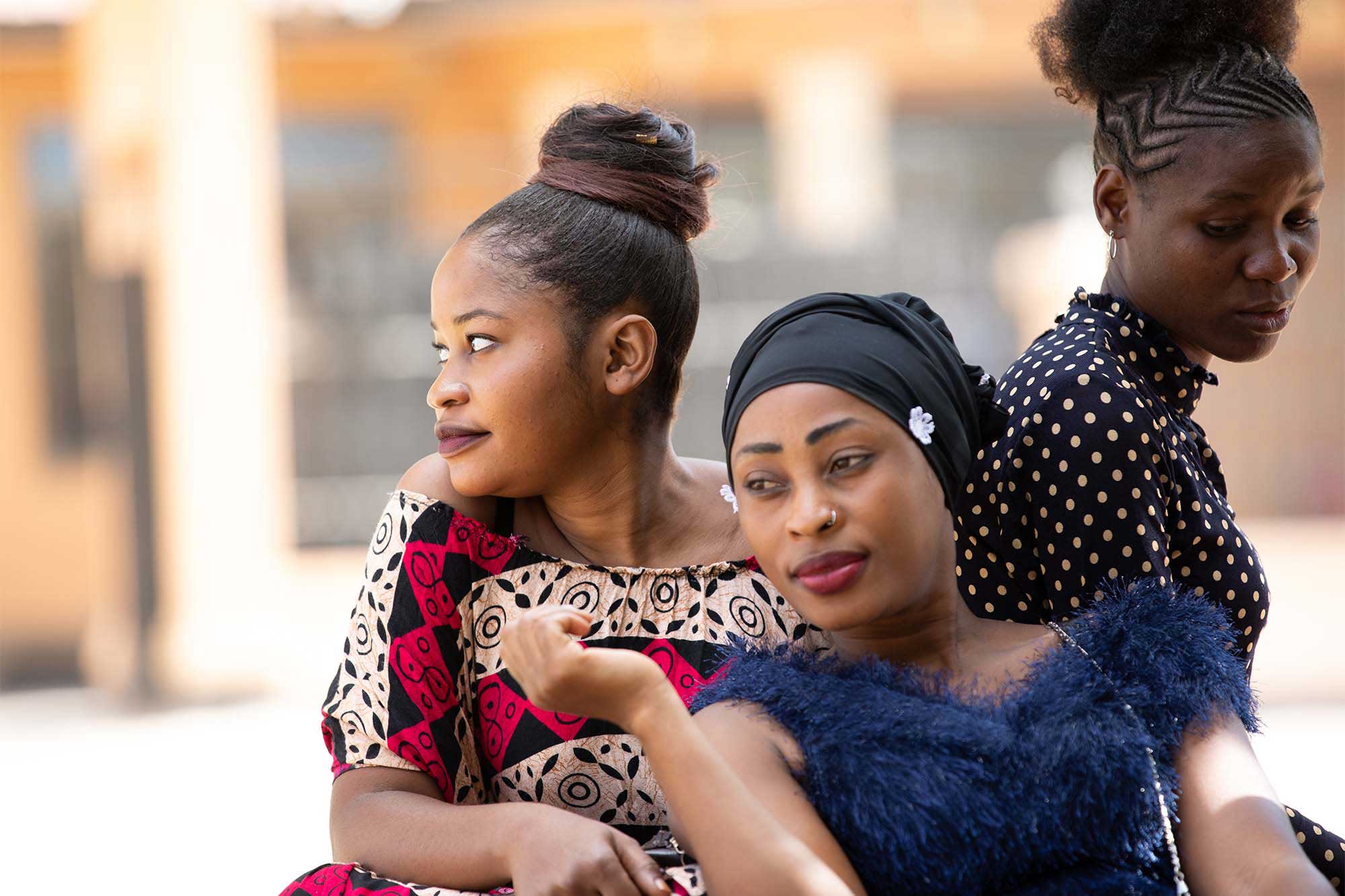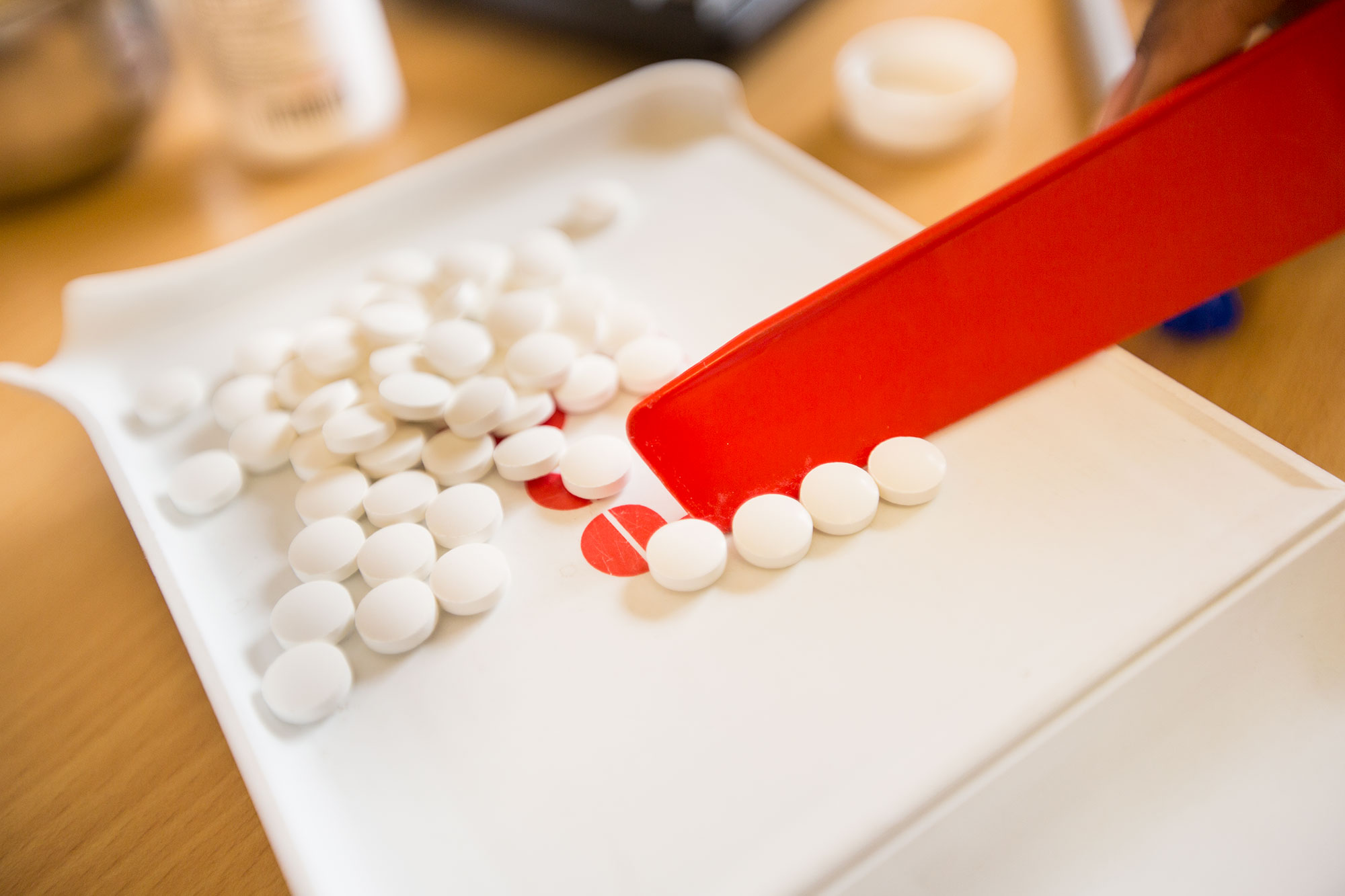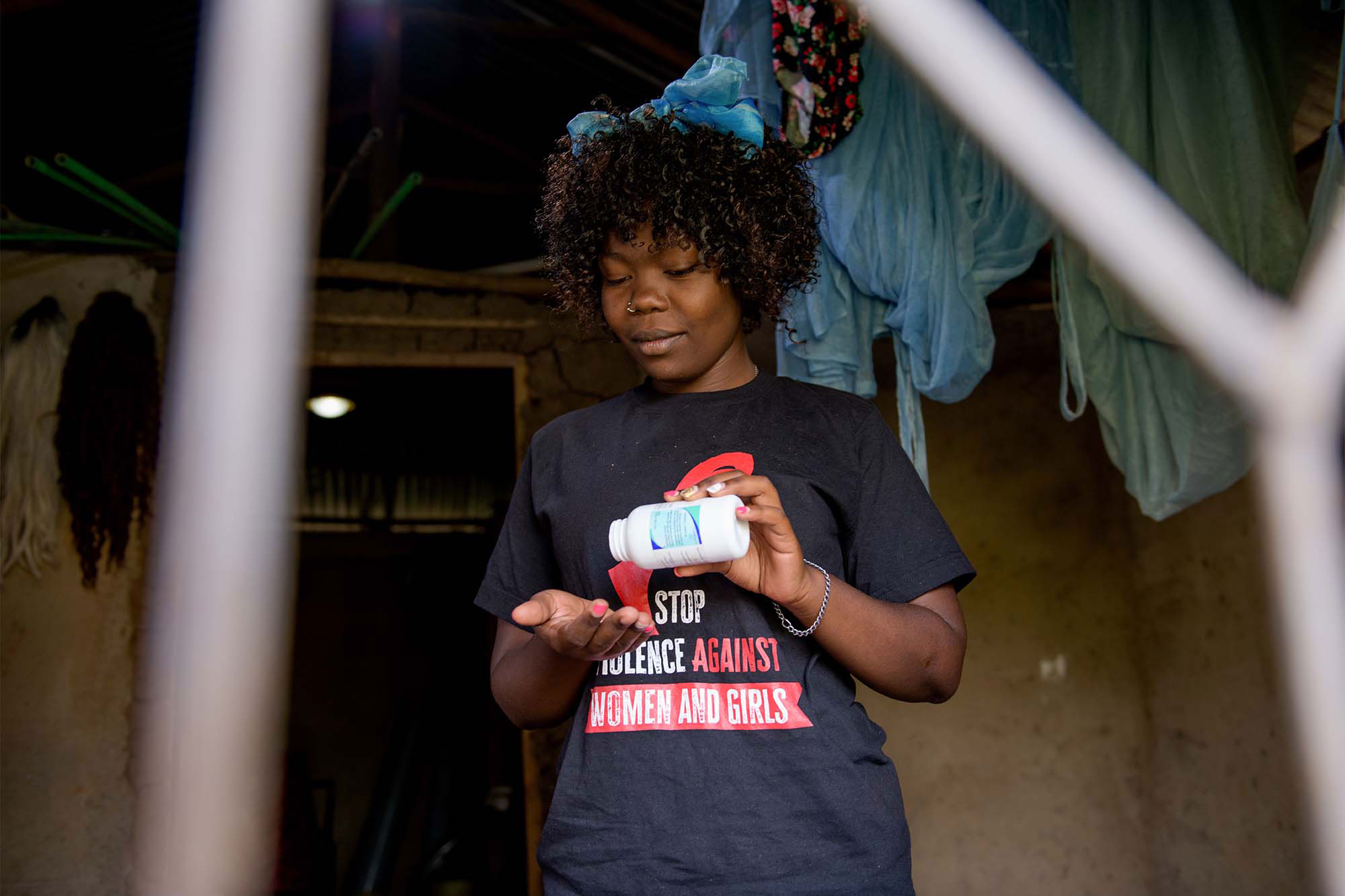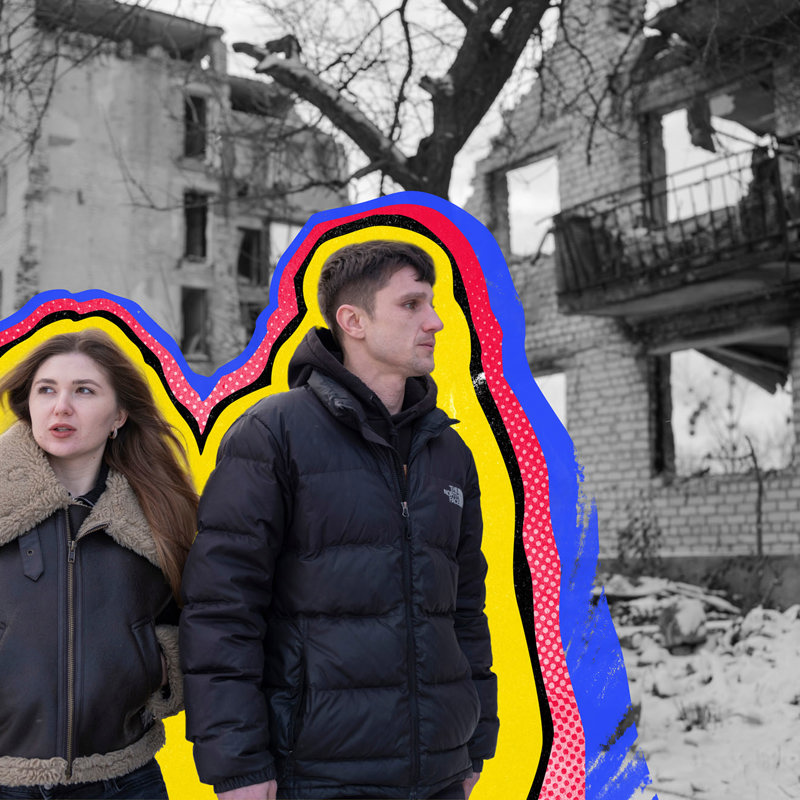The Challenge
Since the creation of the Global Fund over 20 years ago, our partnership has achieved what was once considered impossible. Efforts by communities, governments, civil society, the private sector and global health partners have resulted in extraordinary progress in the fight against HIV. Globally, new HIV infections have declined by 39%, from 2.1 million in 2010 to 1.3 million in 20231.
However, key populations and vulnerable groups, especially children and adolescent girls and young women, are still being left behind. In 2023, only 57% of the children infected with HIV globally were getting the lifesaving treatment they need, compared with 77% of adults; this meant that 602,000 children living with HIV were not receiving antiretroviral therapy, contributing to 76,000 deaths.
Adolescent girls and young women (aged 15-24 years) are still at high risk of HIV in East and Southern Africa. Despite improvements over the past decade, they are more than twice as likely to acquire HIV as adolescent boys and young men. In 2023, adolescent girls and young women accounted for 17% of new infections globally. In regions outside of sub-Saharan Africa, over 73% of new infections in 2023 occurred among men and boys.
HIV and AIDS by the Numbers
Funding
- The Global Fund provides 28% of all international financing for HIV programs.
- We have invested US$26.6 billion in programs to prevent and treat HIV and AIDS as of June 2024.
- We have invested US$5.5 billion in TB/HIV programs as of June 2024.
Prevention
- 17.9 million people were reached with HIV prevention services in 2023.
- 695,000 mothers living with HIV received medicine to keep them alive and prevent transmitting HIV to their babies in 2023.
Testing and Treatment
- In 2023, 84% of people living with HIV knew their status, 78% were accessing treatment and 72% were virally suppressed.
- 25 million people were on antiretroviral therapy for HIV in 2023.
- 53.8 million HIV tests were taken in 2023 in countries where the Global Fund invests.
- 13.1 million of these HIV tests were taken in 2023 by key and vulnerable populations, including infants, adolescent girls and young women, adolescent boys and young men, gay men and other men who have sex with men, sex workers, transgender people, people who inject drugs and people in prison.

